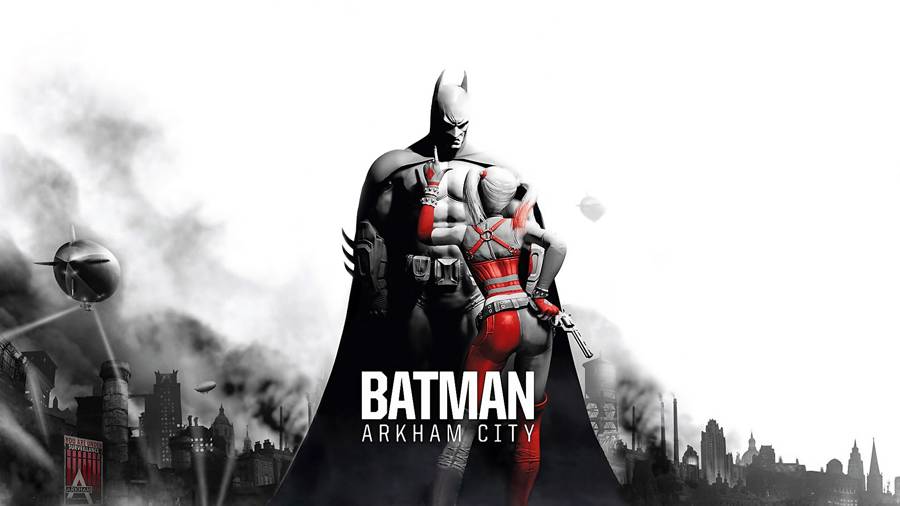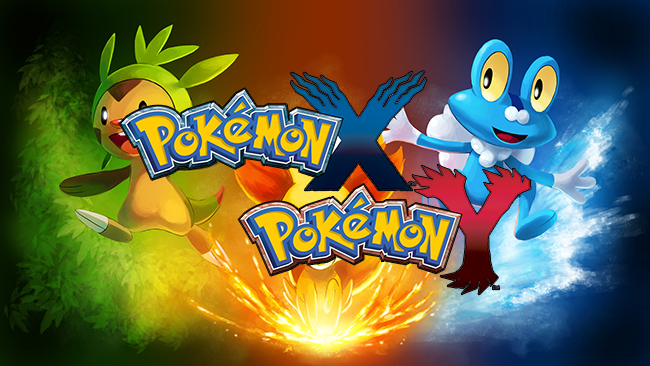Sonic the Hedgehog: The Early Days
The idea behind the creation of Sonic the Hedgehog was an existing need at Sega Corporation to create a video game character to rival Nintendo抯 extremely successful Mario. At the time, the existing competition in part of Sega laid on 揂lex the Kidd? a pretty unsuccessful effort that many video game players and fans hardly remember today. A team of developers at Sega got together, including Artist Naoto Ōshima, designer Hirokazu Yasuhara and programmer Yuji Naka, to create what came to be one of the most famous video game characters to hit the game screens with over 50 million copies sold worldwide. Early suggestions included a rabbit with extended ears, and a Theodore Roosevelt look alike. In the end, their hopes where placed on Sonic, who carries the colors of the Sega company logo.
Now that the Sonic image had been created, artist and programmers went to work at giving form to their creation, and developing a video game around the blue blur. Finally, Sonic the Hedgehog game was sent out to retail stores on June 23, 1991 to expecting fans everywhere. The game contained many of the ingredients Sonic is known for today. Among the features in the first title where the creation of Sonic抯 worst enemy, Dr. Robotnik, also known as Eggman, the green hills in the background, treasure hunting in the form of rings and the famous (very hard to get) Chaos Emeralds, and of course, his infamous speed for running, jumping through loops and dodging enemies. The game seemed to catch on quickly, with harmonious tunes that kept video game players coming back and spreading the word. The team at Sega had accomplished what they set out to do as Sonic and friends became a serious contender with Mario and Super Mario in the video games arena. Sega took advantage of this momentum and released Sonic the Hedgehog 2 in 1992. This time, Sonic was a little faster, bigger, and now counted with the introduction of Miles 揟ails?Prower, one of Sonic抯 best friends who followed Sonic around in his adventure, or could also be controlled by a second player. The game succeeded in adding to Sonic抯 popularity, and as sales continue to rise Sonic came out in a cartoon series and also as a comic book.
A couple more titles continued to follow, many of which came out for Sega抯 magadrive console, and the short lived Sega Saturn. But despite Sega抯 misfortune with their game console, it has not been the case with Sonic the Hedgehog, which continues to entertain his millions of fans everywhere.






 . Plays May 13, 2012
. Plays May 13, 2012 Middle-earth Shadow Of Mordor Guide: Weapon Upgrade Guide
Middle-earth Shadow Of Mordor Guide: Weapon Upgrade Guide Creating Bedlam with Christopher Brookmyre
Creating Bedlam with Christopher Brookmyre Pokemon X & Y Guide: Santalune City Gym Guide - GamersHeroes
Pokemon X & Y Guide: Santalune City Gym Guide - GamersHeroes Resident Evil Revelations 2 Guide: Upgrade Location Guide
Resident Evil Revelations 2 Guide: Upgrade Location Guide